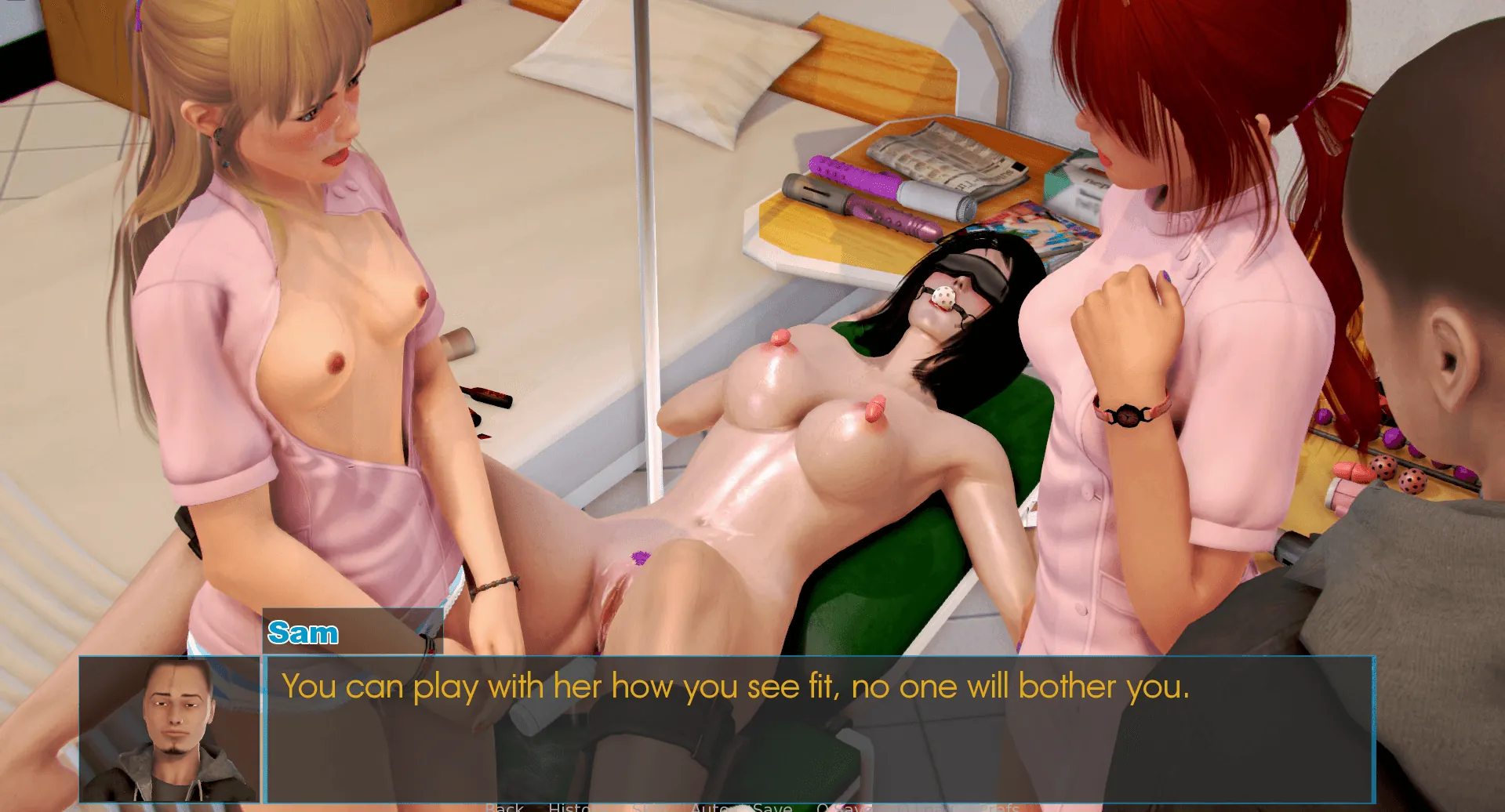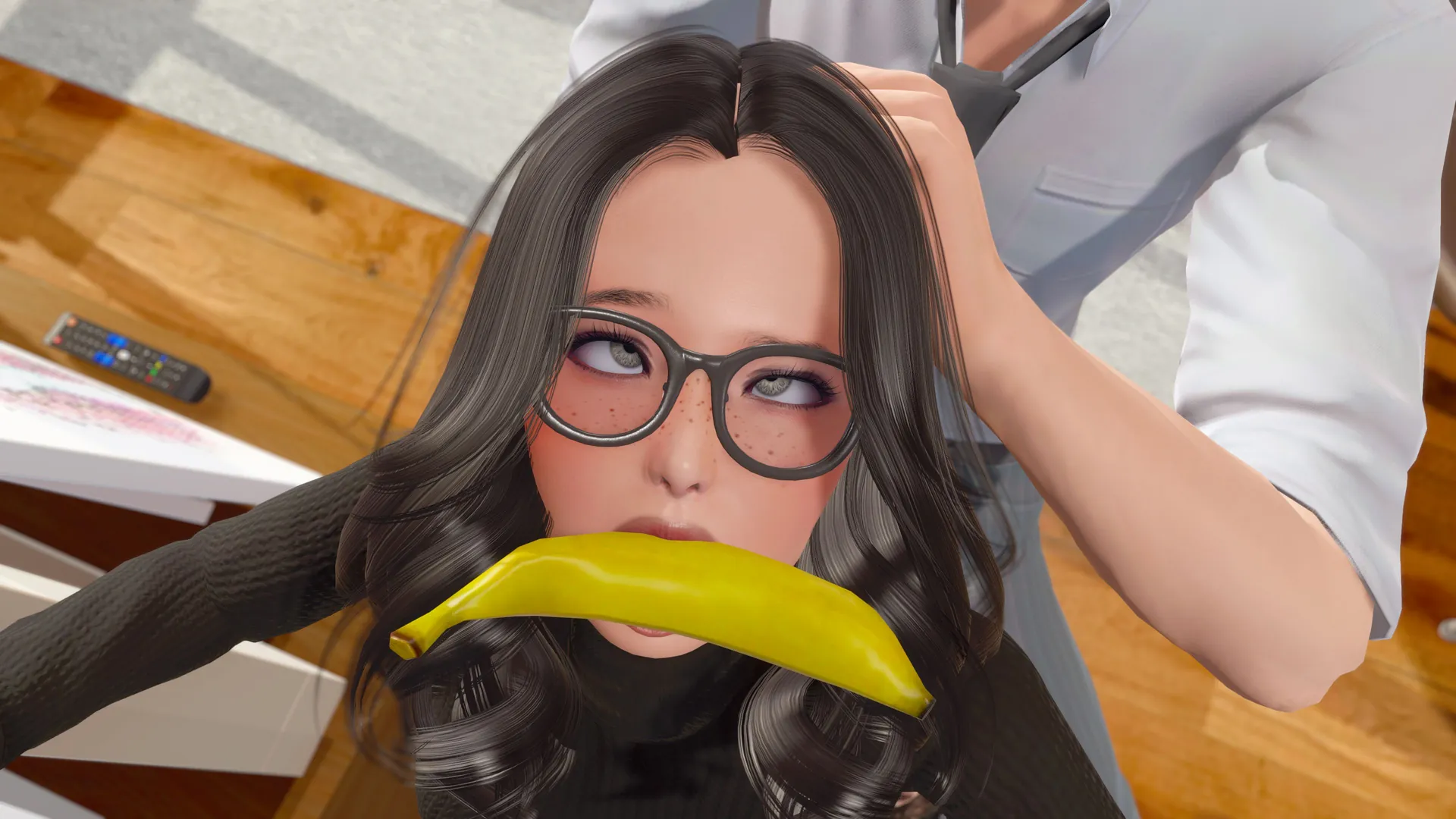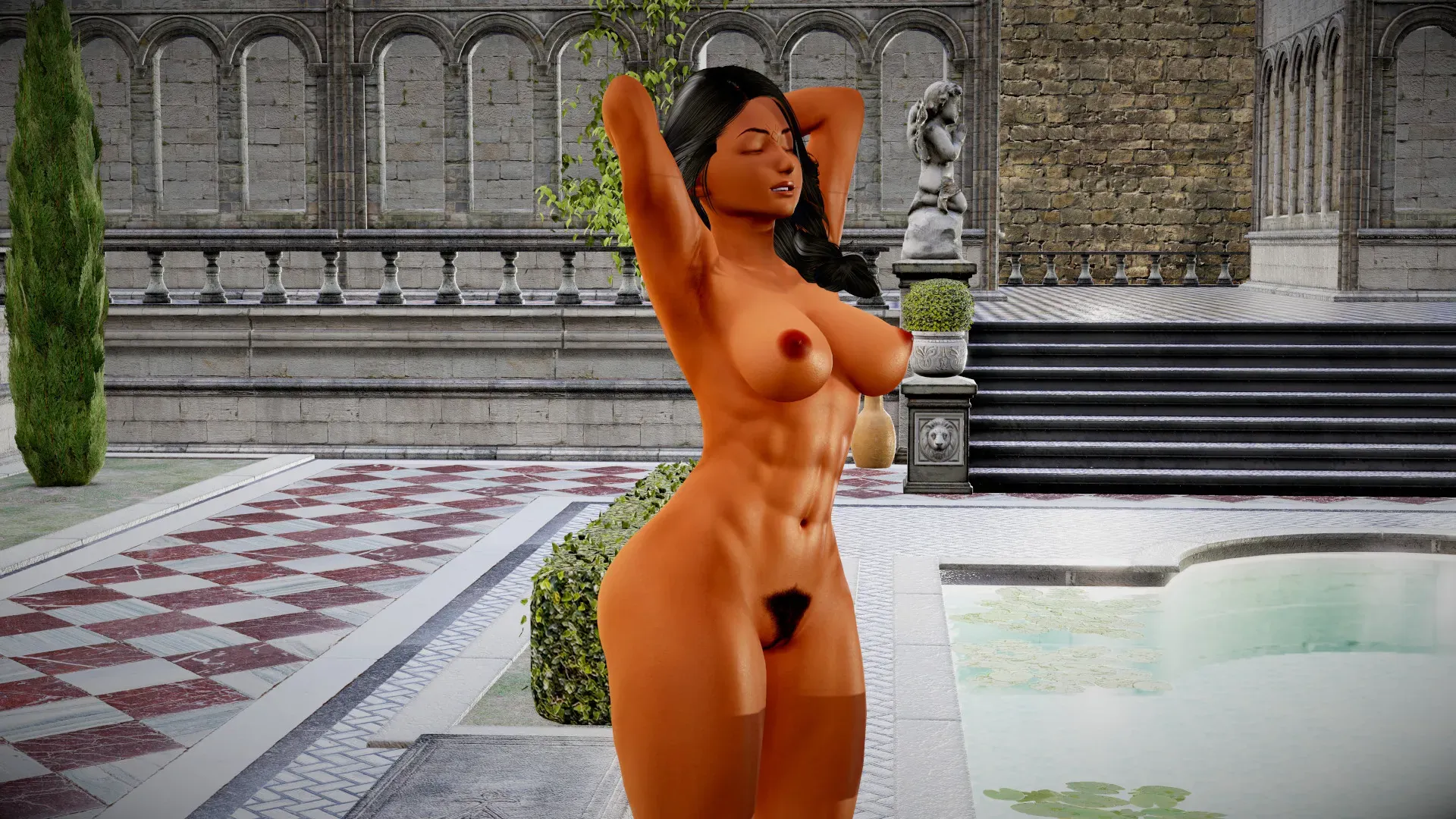
Play Returning to Mia
Returning to Mia review
Everything you need to know about this visual novel experience
Returning to Mia stands out as a branching narrative visual novel that puts player choice at the center of the experience. Unlike linear storytelling, this game emphasizes how your decisions shape the outcome and relationships throughout the journey. Whether you’re new to visual novels or a seasoned player, understanding what makes Returning to Mia unique can help you decide if it’s the right game for you. This guide explores the core mechanics, narrative structure, and what players can expect from this interactive experience.
Understanding the Gameplay Mechanics and Story Structure
How Choice-Driven Narratives Work in Returning to Mia
Let me tell you about the first time I realized Returning to Mia wasn’t your typical story. 🎮 I made what I thought was a simple, polite choice—telling a character I was “a bit busy right now.” I expected maybe a slightly different line of dialogue. Instead, that single decision completely locked me out of an entire subplot two hours later. My jaw literally dropped. That’s the magic of this choice-driven narrative game; your decisions aren’t just flavor text, they are the very foundation of the experience.
At its core, the gameplay of Returning to Mia is built on a sophisticated system of interactive story mechanics. You are not a passenger on this emotional journey; you are the driver. 🤔 The game presents you with dialogue options and actions at critical junctures, and the path you choose directly shapes your relationships, uncovers hidden truths, and ultimately determines your fate. It’s this profound sense of agency that makes every click feel significant. You’re constantly asking yourself, “What if I said the other thing?”
The brilliance of this visual novel branching storyline is how it hides its complexity. While the code is tracking a web of variables and flags based on your actions, your experience feels organic and personal. A seemingly insignificant choice to comfort one character over another can ripple outward, altering how other characters perceive you and what opportunities become available later. This creates a deeply personal connection to the narrative, because the story you experience is uniquely yours. It’s a masterclass in player choice consequences, making you feel the weight of every word.
Pro Tip: Don’t try to “game” the system on your first playthrough. Play authentically, as if you were truly in the protagonist’s shoes. The most rewarding experience comes from living with your decisions and seeing where they lead.
Visual Novel Format and Interactive Elements
If you’re new to the genre, you might wonder what a “visual novel” actually entails. Think of it as an interactive book, but supercharged. 📚✨ Returning to Mia delivers its story through a beautiful fusion of static and animated character art, evocative background scenes, a compelling soundtrack, and, of course, extensive written text. You’ll read a lot, but it’s never a passive activity; you are the one steering the ship through your choices.
The visual novel gameplay features are designed for maximum immersion. The text box is clear and easy to read, character sprites express a range of emotions that bring conversations to life, and the music swells and fades to match the tone of each scene. Sound effects, from the chirping of birds to the tense silence of a fraught conversation, are used masterfully to pull you deeper into the world. It’s a holistic experience where every element works in concert to make you feel present in the story.
So, what do you actually do? Beyond making narrative choices, the interactivity is cleverly woven in. You might have to:
* Select dialogue options that define your personality and relationships.
* Make key decisions at narrative crossroads that split the story.
* Explore your environment by clicking on hotspots to find clues or trigger memories.
* Engage in light puzzle-solving that feels integrated into the plot.
These interactive story mechanics ensure you’re always engaged. It never feels like you’re just clicking through a slideshow. Every screen is an opportunity to discover something new or deepen your understanding of the characters and the mysterious circumstances you find yourself in. 🕵️♀️
Story Branching and Multiple Endings
This is where Returning to Mia truly shines and demands to be played more than once. The story branching paths are not just a couple of divergent routes; they form a complex, interwoven tree of possibilities. 🌳 During my second playthrough, I was stunned to discover entire scenes and character backstories that I had completely missed the first time around. It genuinely felt like I was playing a different, yet equally valid, version of the game.
The structure isn’t linear. Your journey through the visual novel branching storyline is determined by a hidden “affinity” system and critical plot choices. Building a stronger bond with one character might open up their personal questline, while neglecting them might close it off forever. Major decisions, often presented with a timer to force your gut instinct, can catapult you down an entirely different narrative branch. This design makes player choice consequences tangible and often irreversible, reinforcing the idea that your actions matter.
And the payoff for all this branching? A spectacular array of conclusions. As a multiple endings visual novel, Returning to Mia offers a wide spectrum of finales, from heartwarmingly romantic and bittersweet to downright tragic and shockingly dark. 🏁 I’ve personally unlocked four different endings, and each one felt like a fitting—though not always happy—conclusion to the specific story path I had crafted. The game doesn’t judge you for your choices; it simply reflects them back at you in the final act, making the conclusion feel earned.
Here’s a practical look at how some early choices can steer your story:
| Your Choice | Immediate Consequence | Long-Term Narrative Impact |
|---|---|---|
| Agree to help Alex with his project | Gain a deeper conversation and learn a secret about his past. | Unlocks the “Artist’s Muse” story branch and a potential friendship ending with Alex. |
| Politely decline to help Alex | The conversation ends quickly; he seems slightly disappointed. | The “Artist’s Muse” branch is permanently closed. This may make another character, Sarah, more central to your story. |
| Confront Mia about the old photograph immediately | She becomes defensive and the atmosphere turns tense. | Locks you into a more confrontational, “Truth-Seeker” path with a harder route to reconciliation. |
| Wait and bring up the photograph later, in private | She is more receptive and shares a vulnerable memory. | Opens up opportunities for a more intimate and trusting relationship, leading to softer, more romantic endings. |
Practical Tips for Exploring Different Paths 🗺️
Want to see everything Returning to Mia has to offer? You’ll need a strategy. Here’s what I’ve learned from my multiple playthroughs:
- Embrace Hard Saves: Save your game at the start of every chapter and before any major decision. This lets you jump back to key branching points without replaying the entire game from the beginning. 💾
- Role-Play Different Personalities: On your first run, be yourself. On the second, be the person you’re not—more aggressive, more passive, more flirtatious, or more cynical. You’ll be amazed at how the story transforms.
- Focus on One Character at a Time: If you’re aiming for a specific character’s ending, prioritize choices that align with their values and spend your time with them. The multiple endings visual novel structure often rewards dedication to a single path per playthrough.
- Don’t Skip Text Too Fast: Even on repeated playthroughs, use the skip function carefully. The game’s clever writing often changes minor dialogues based on your previous actions, and you might miss a new nuance.
The replay value here is enormous. Because the story branching paths are so substantial, each playthrough doesn’t feel like a rehash but a genuine new discovery. You’ll piece together the full picture of the narrative like a detective solving a case, one timeline at a time.
Frequently Asked Questions
How long does it take to see all the endings in Returning to Mia?
A single, blind playthrough will take most players 6-8 hours. However, to experience all the major story branching paths and unlock every ending, you’re looking at a 25-30 hour commitment. It’s a significant time investment, but because each path reveals new layers to the plot and characters, it rarely feels repetitive.
Are the choices really that meaningful, or are they illusions?
They are profoundly meaningful. This isn’t a game where choices simply change the final cutscene. In this choice-driven narrative game, your decisions can alter mid-game events, open or close entire character arcs, and determine which key revelations you uncover and when. The path to the ending is just as important as the ending itself.
I’m worried about getting a “bad” ending. Is there a way to guarantee a good one?
Part of the beauty of Returning to Mia is that “bad” is subjective. Some of the most powerful and memorable conclusions are the tragic ones. 🎭 That said, if you want to steer toward a more positive outcome for a specific character, my advice is to be consistent in your interactions with them and pay close attention to what they value. The game rewards empathy and attentiveness.
What’s the best part of the branching narrative system?
For me, it’s the “Aha!” moment in a subsequent playthrough when a piece of information from one path suddenly explains a mystery or character motivation from another. The game’s world feels complete and lived-in, and you only get to see that full picture by exploring its complex visual novel branching storyline from multiple angles. It’s a truly rewarding experience for any story lover. ❤️
Returning to Mia delivers a compelling visual novel experience centered on meaningful player choice and character relationships. The game’s branching narrative structure ensures that your decisions genuinely matter, creating a personalized story that reflects your preferences and playstyle. With multiple endings, diverse character interactions, and a focus on consequence-driven storytelling, the game offers substantial replay value for those interested in exploring different narrative paths. Whether you’re drawn to the interactive storytelling format or interested in experiencing how your choices shape the outcome, Returning to Mia provides an engaging experience that rewards exploration and experimentation. If you’re considering diving into this visual novel, take time to explore different dialogue options and relationship paths to fully appreciate the depth of the branching narrative system.





















